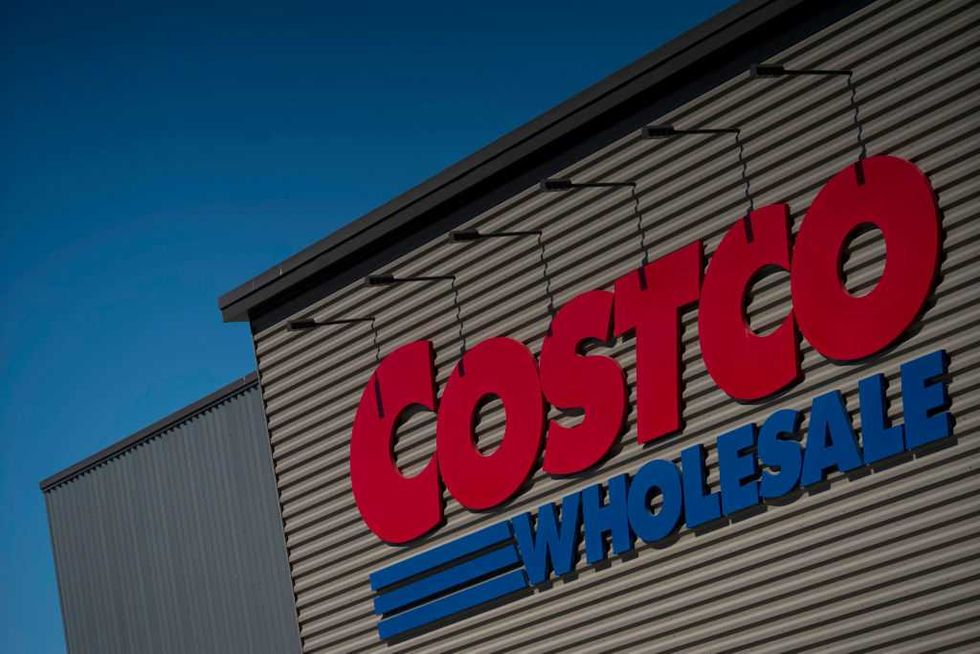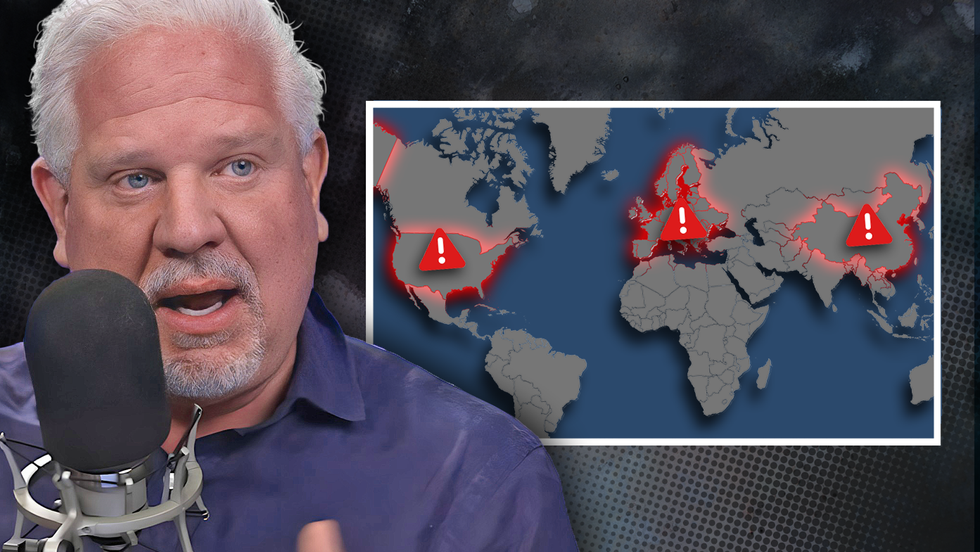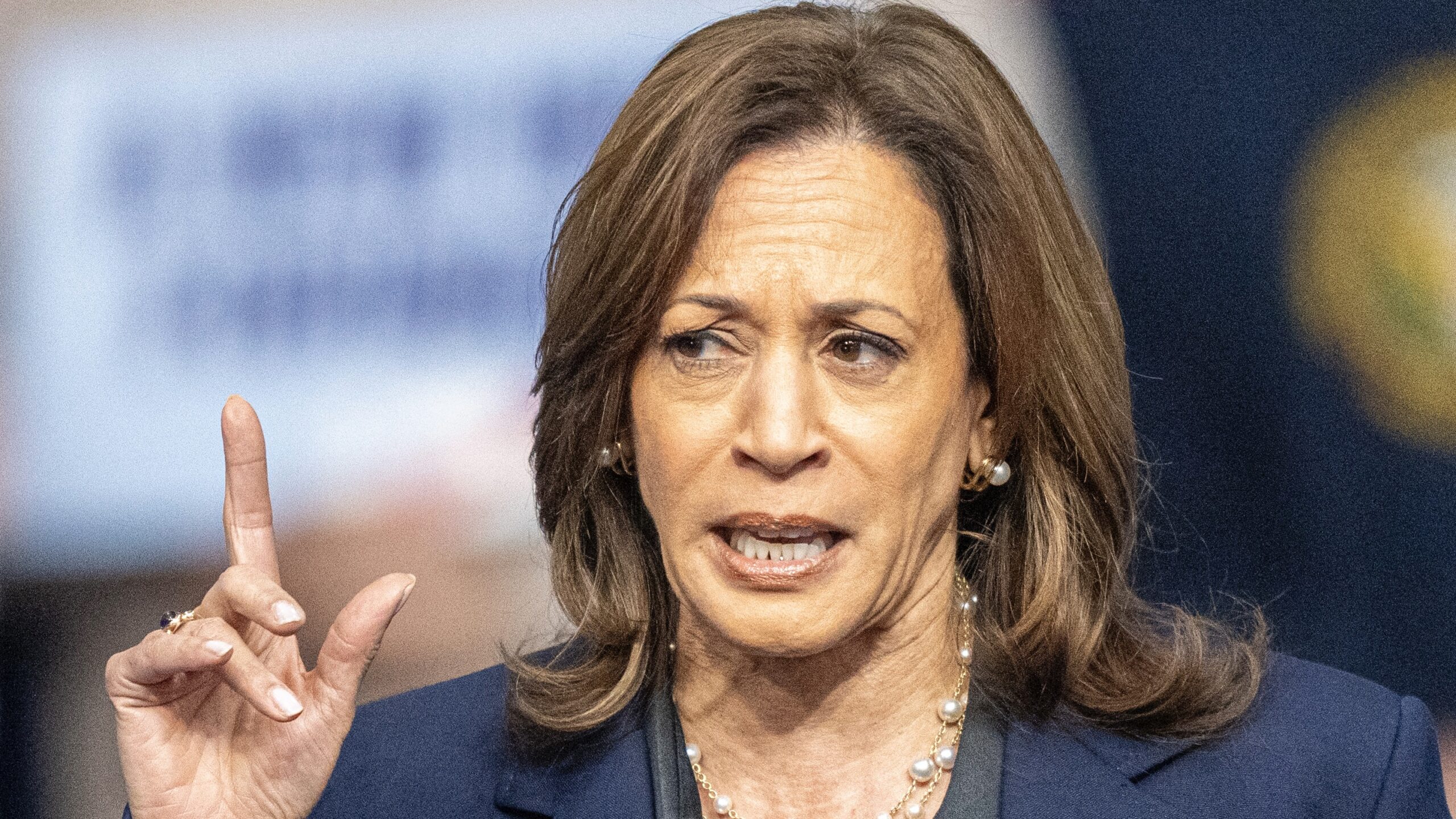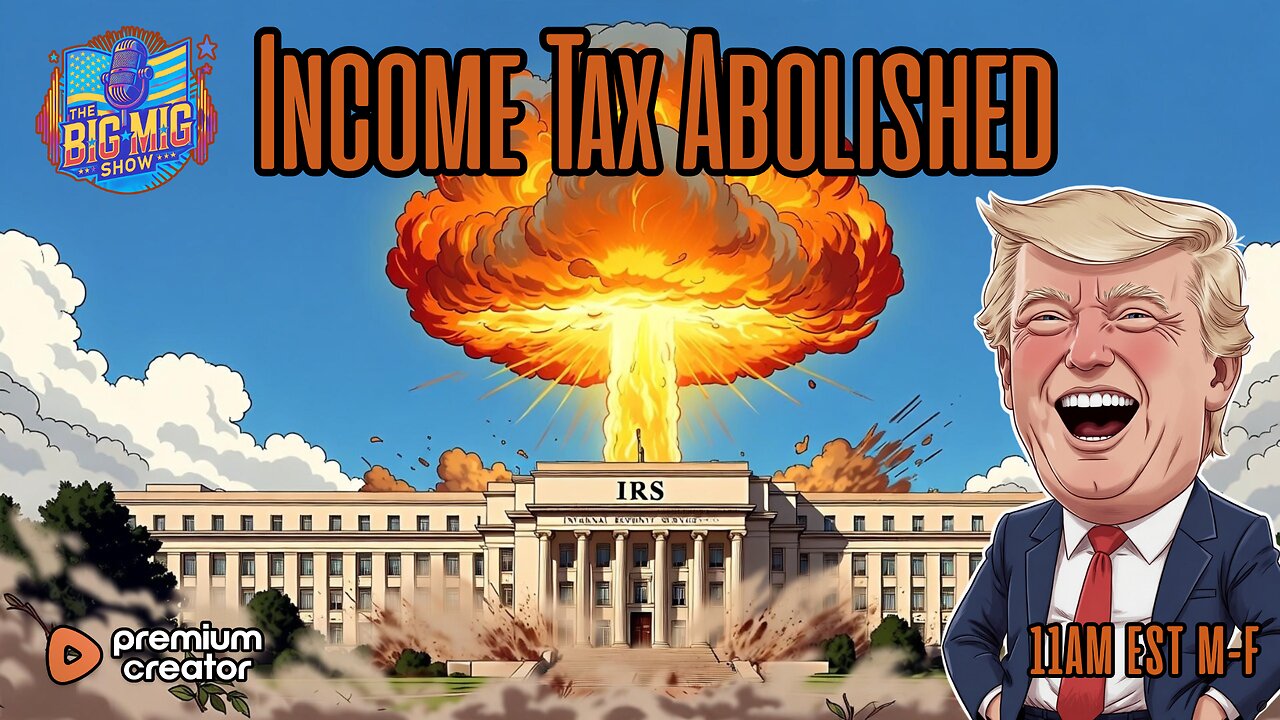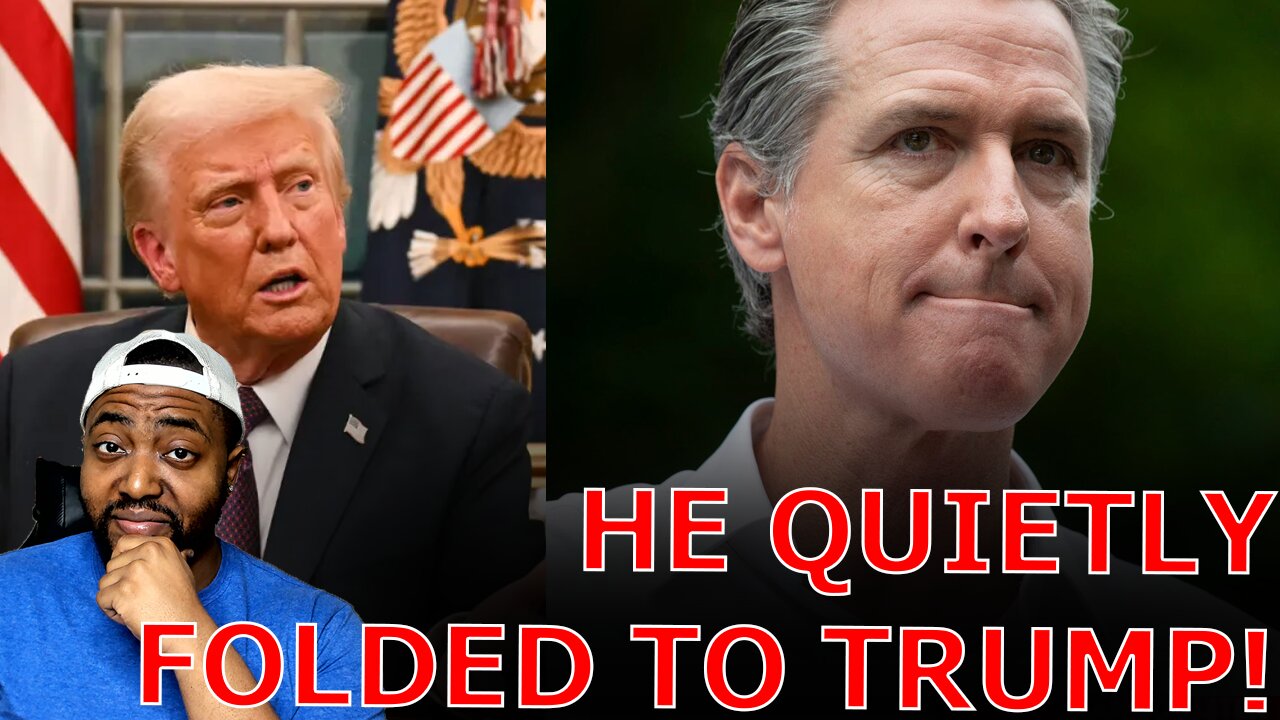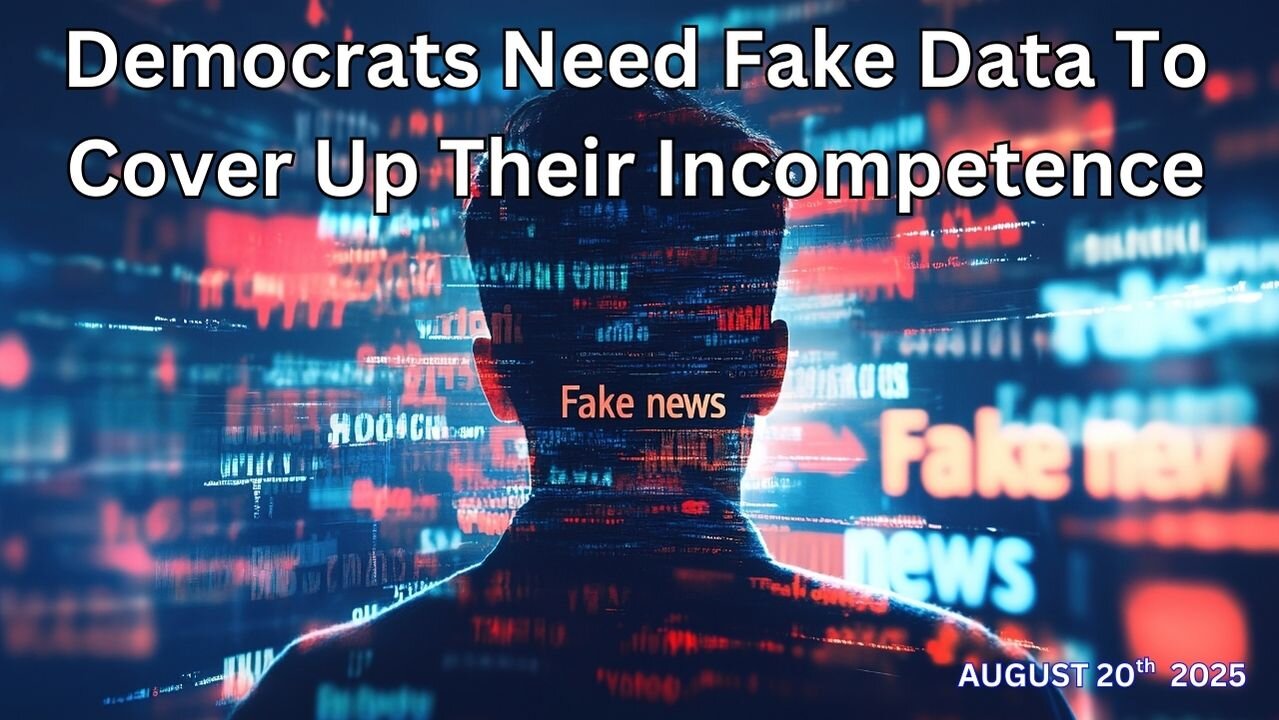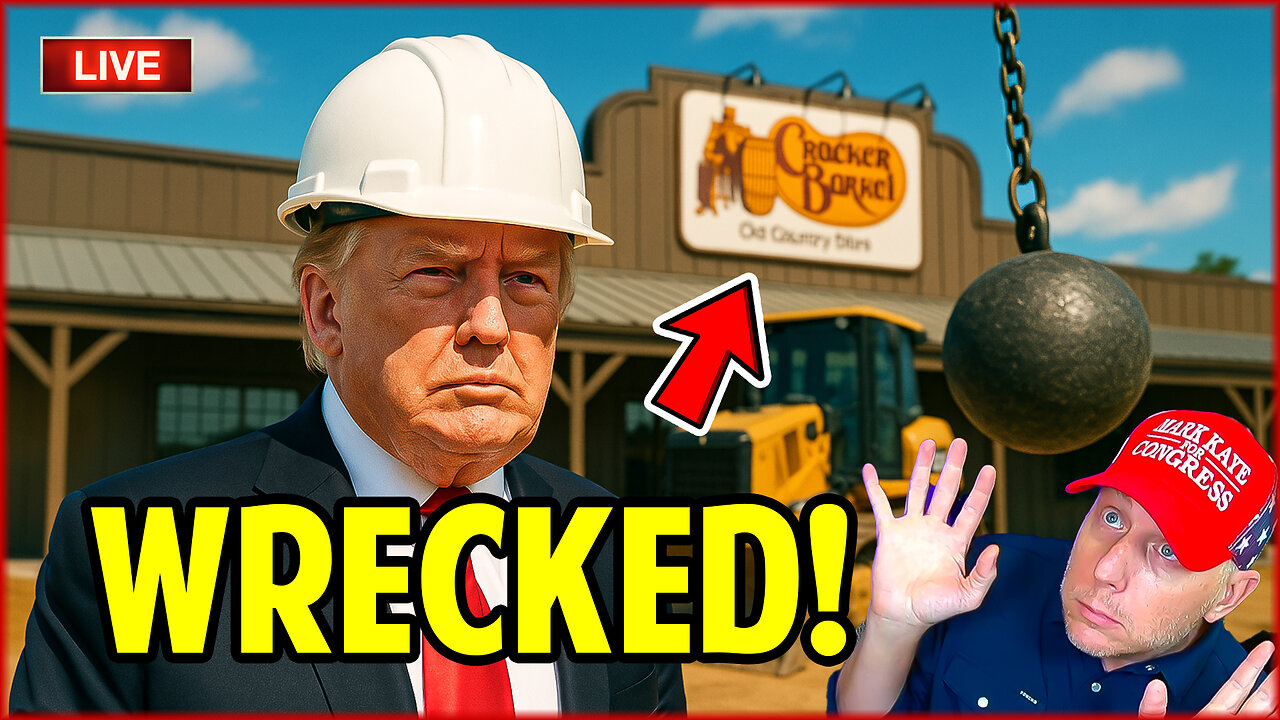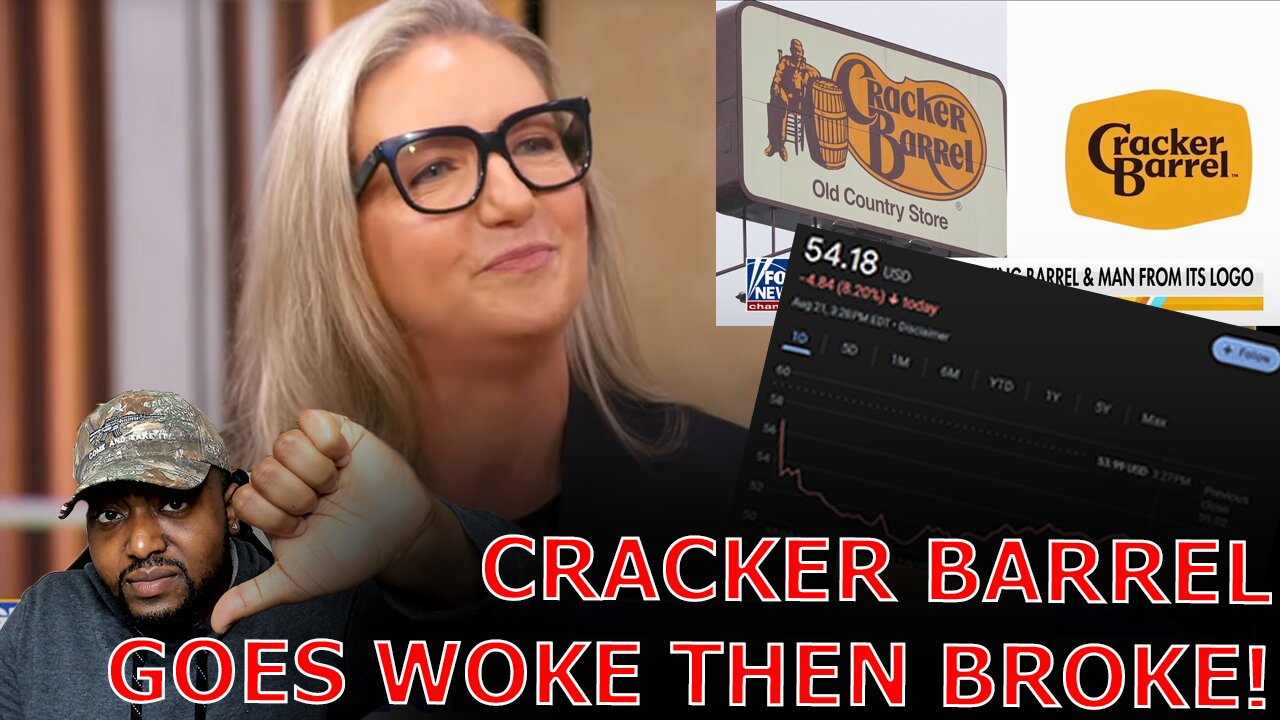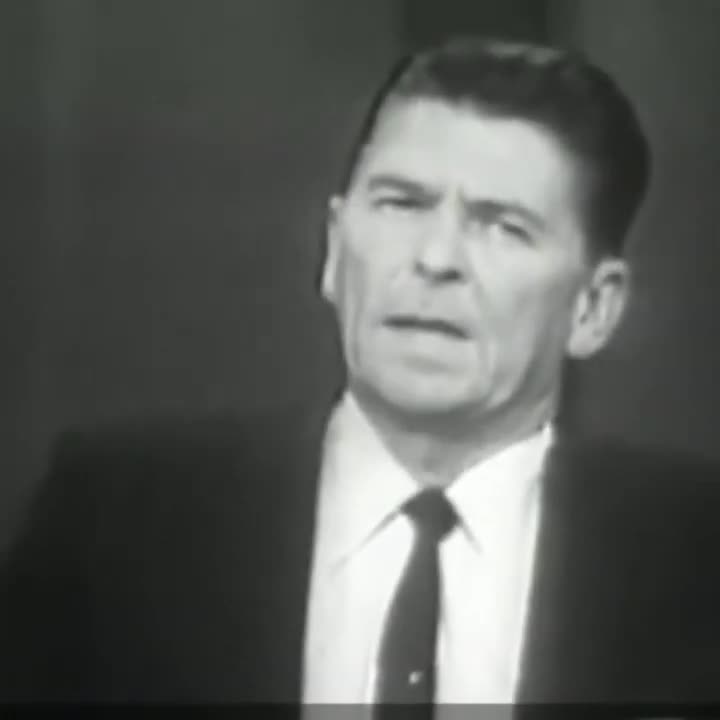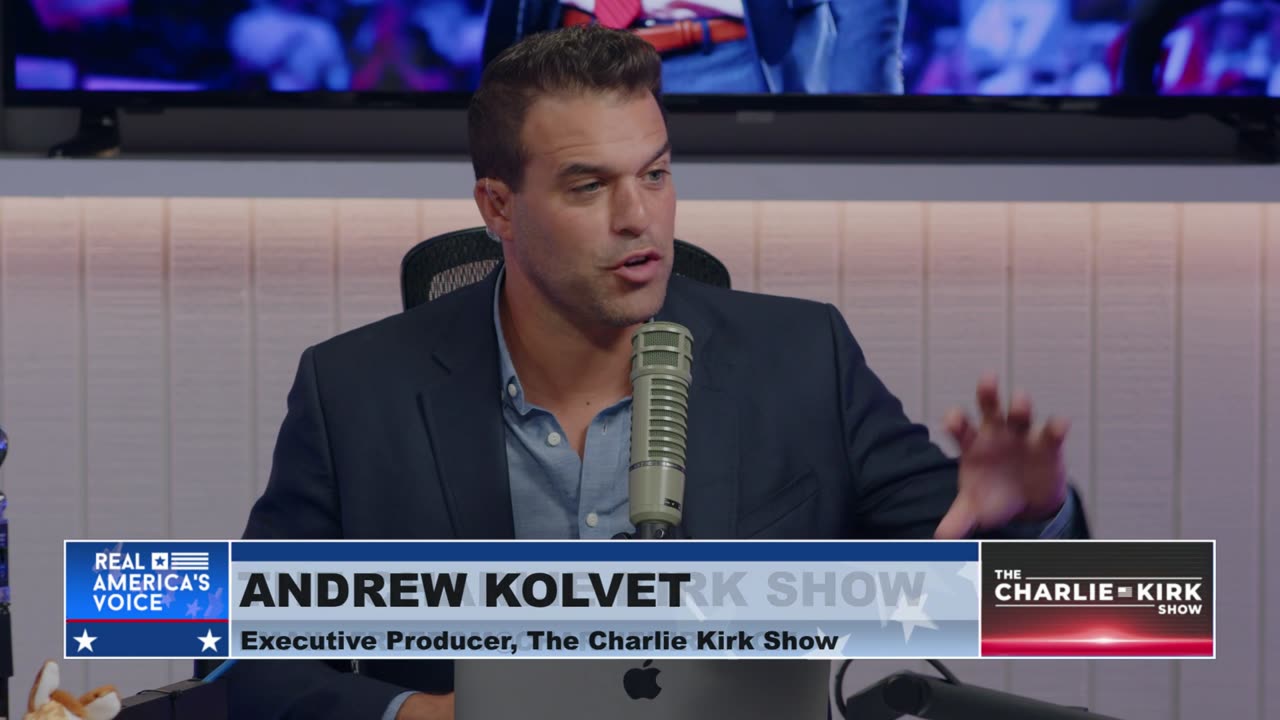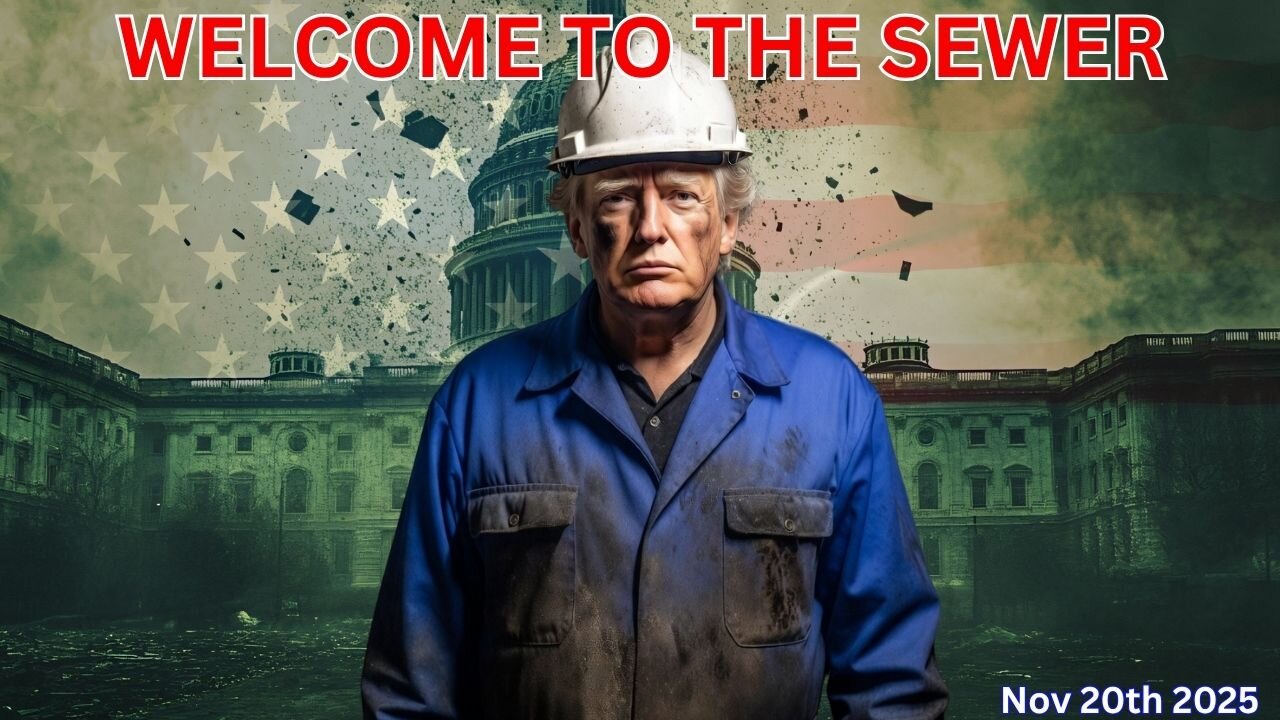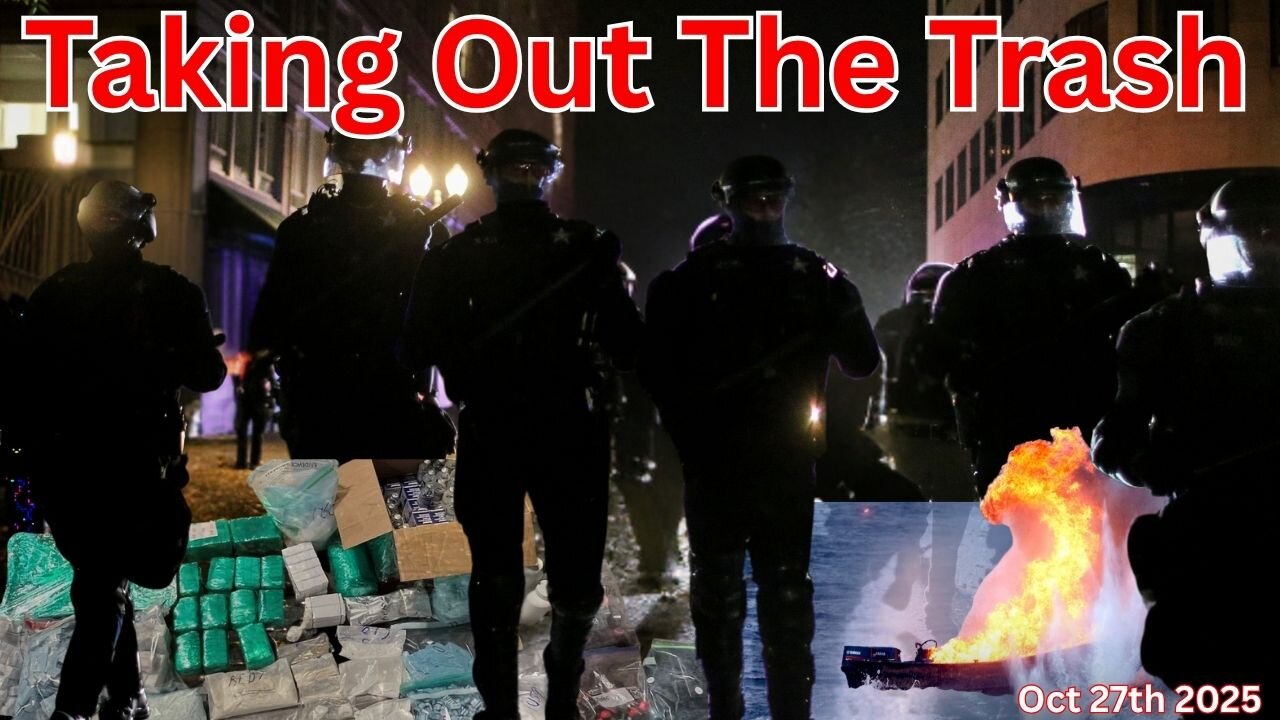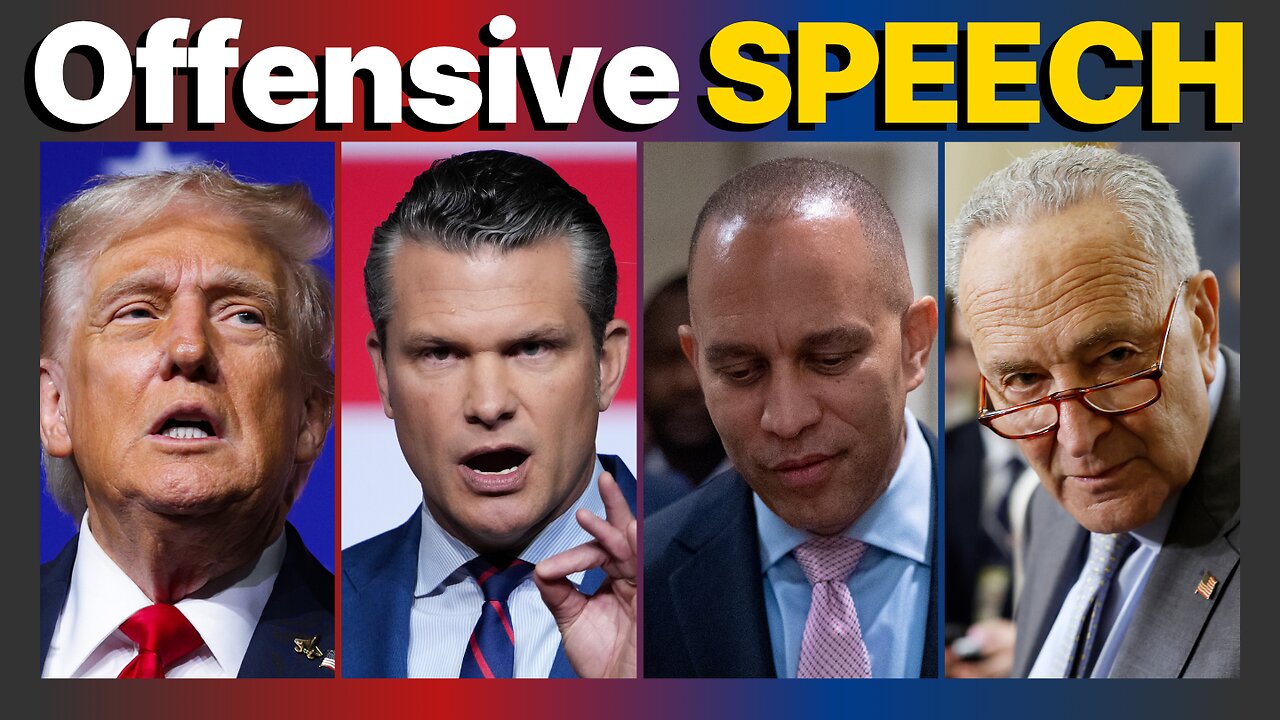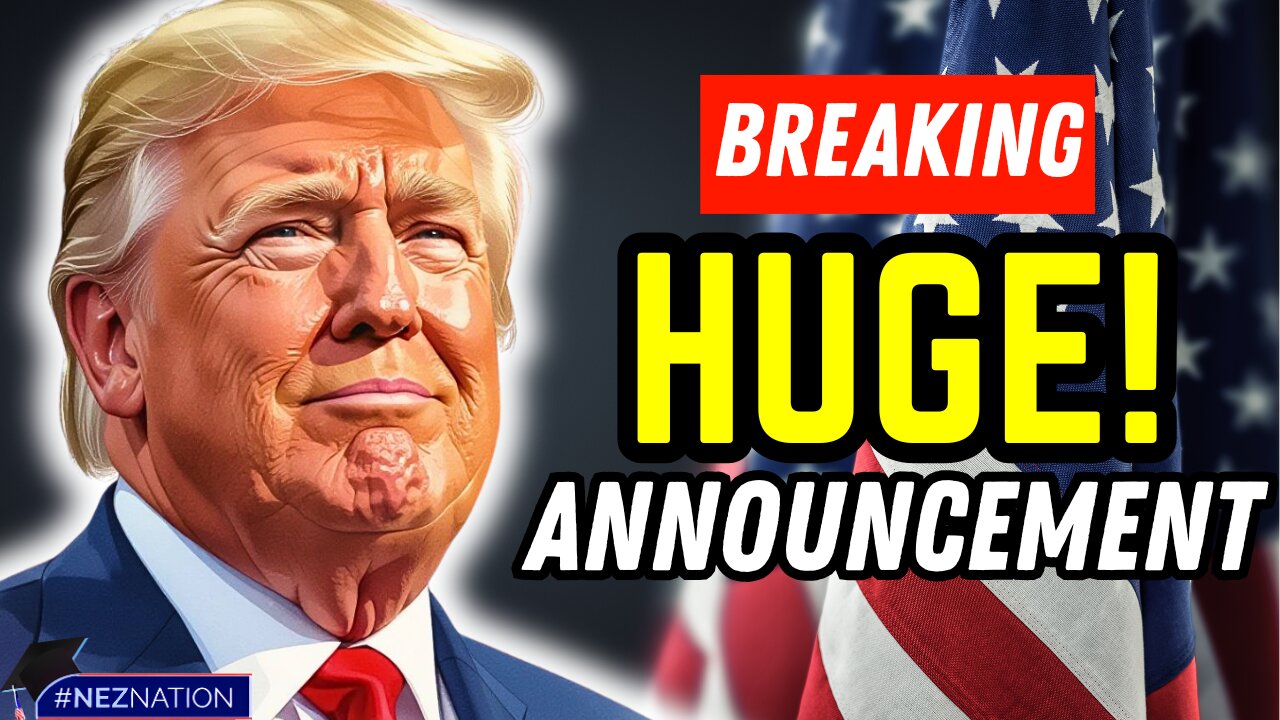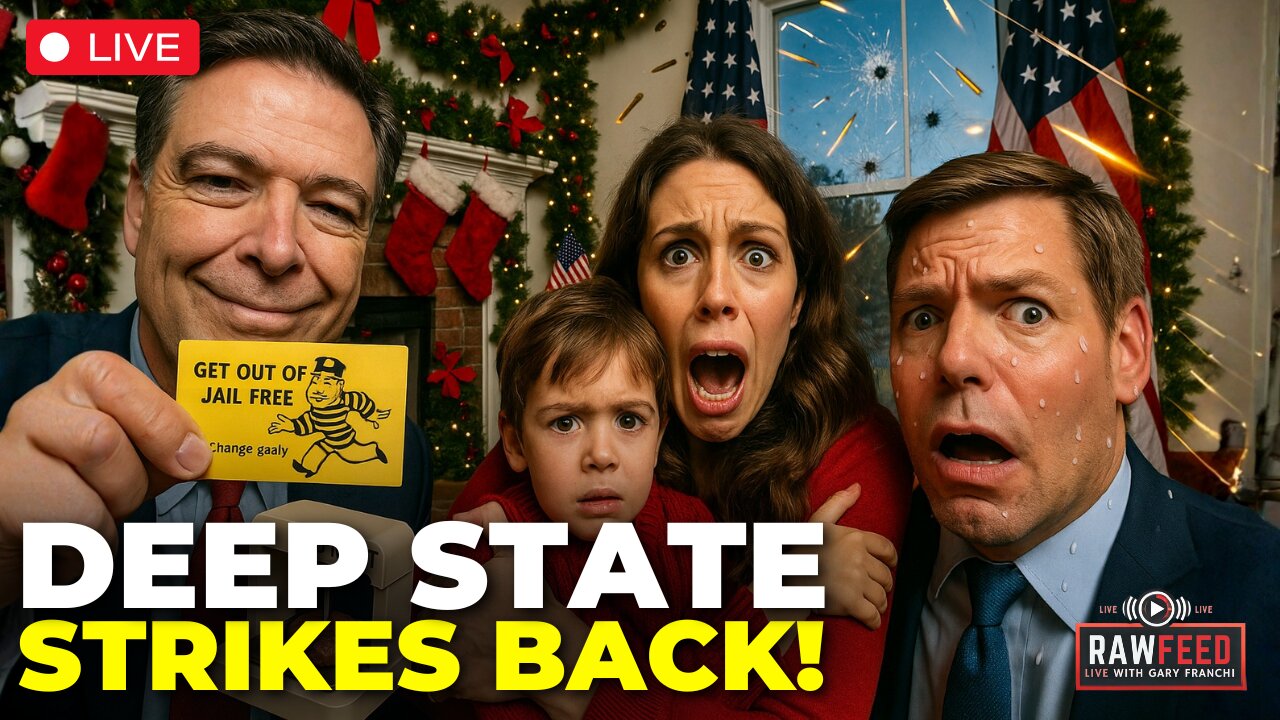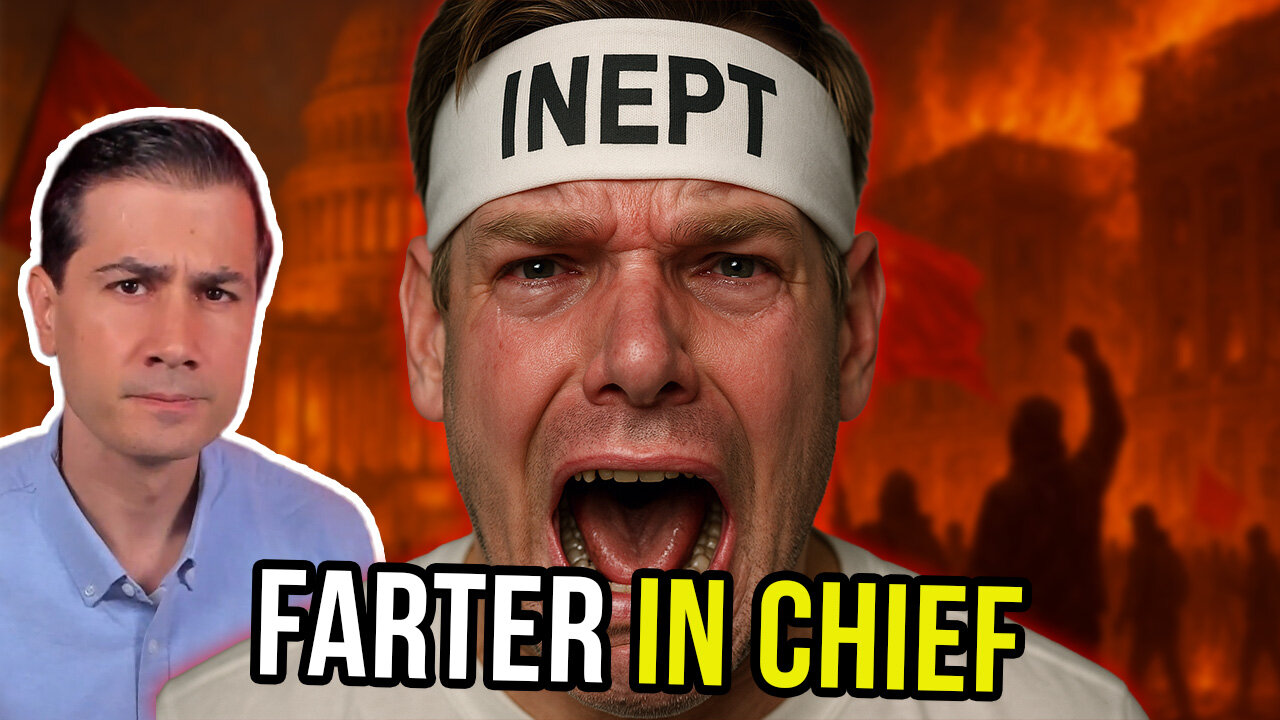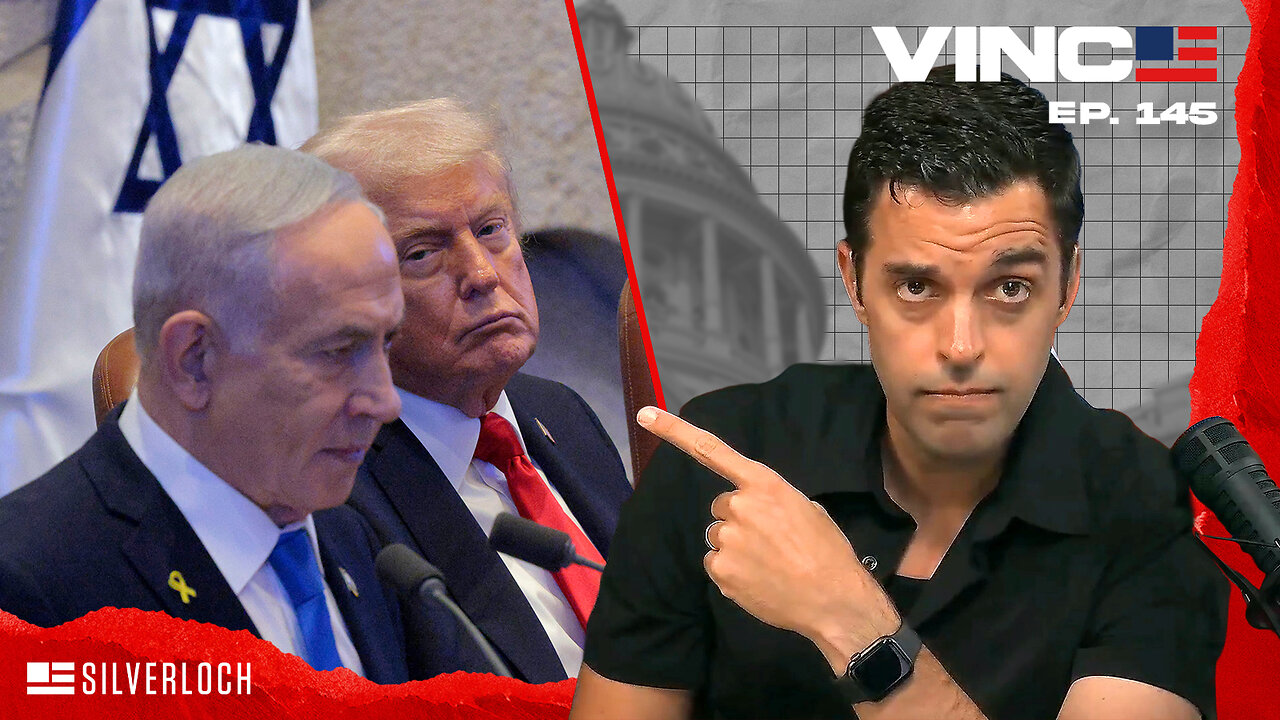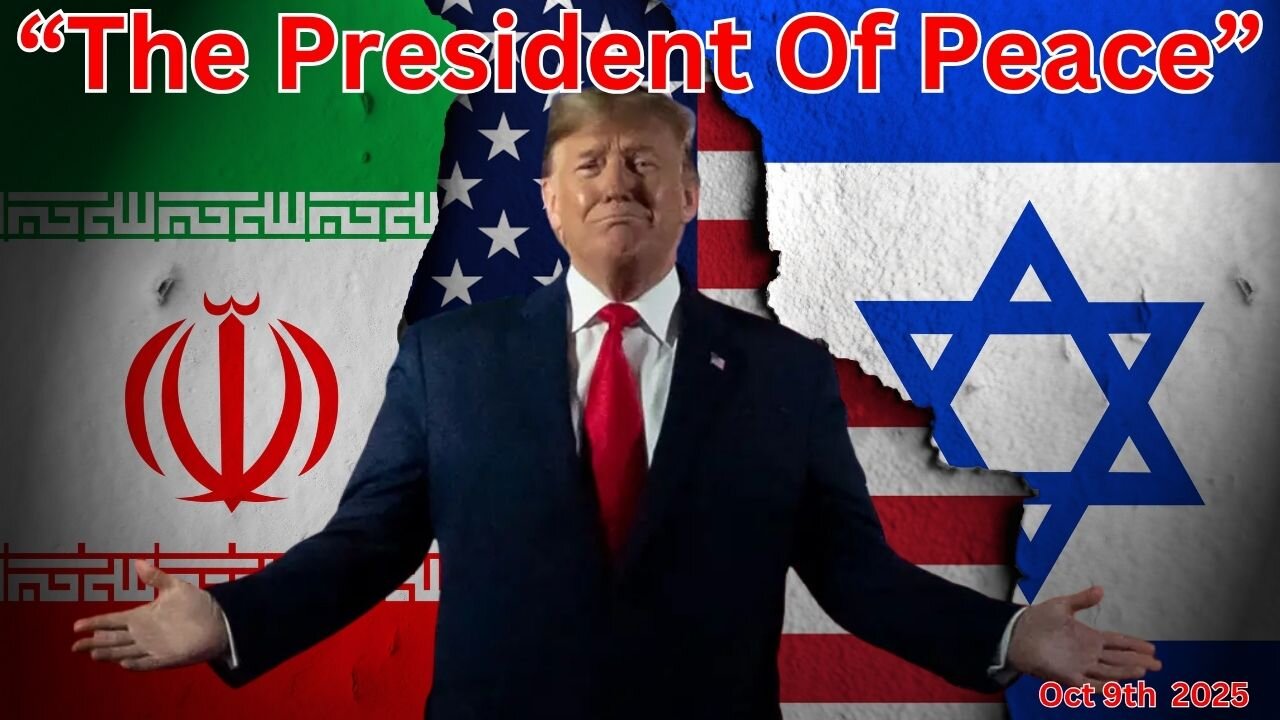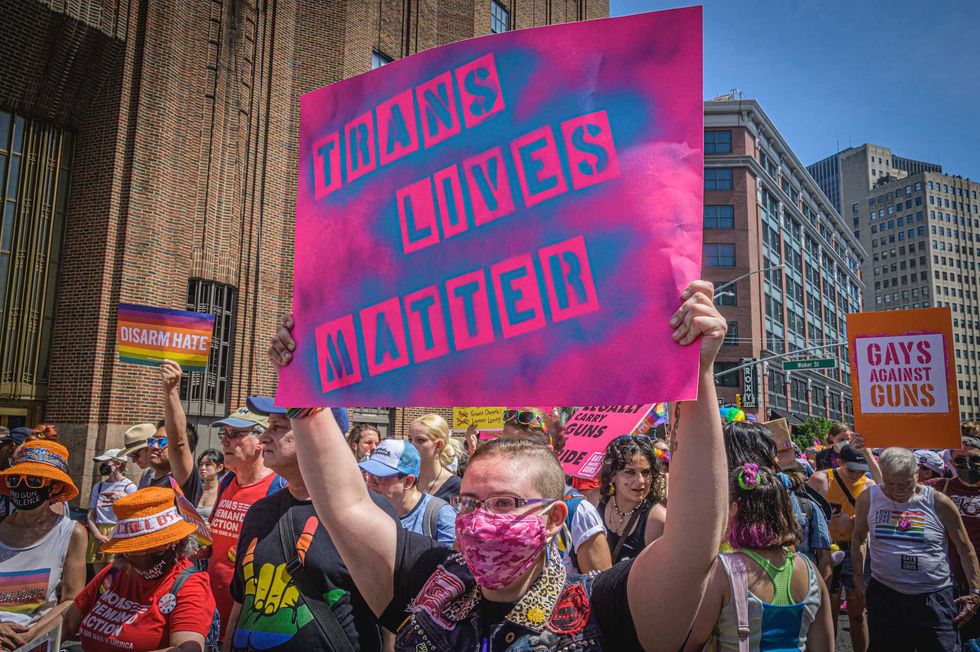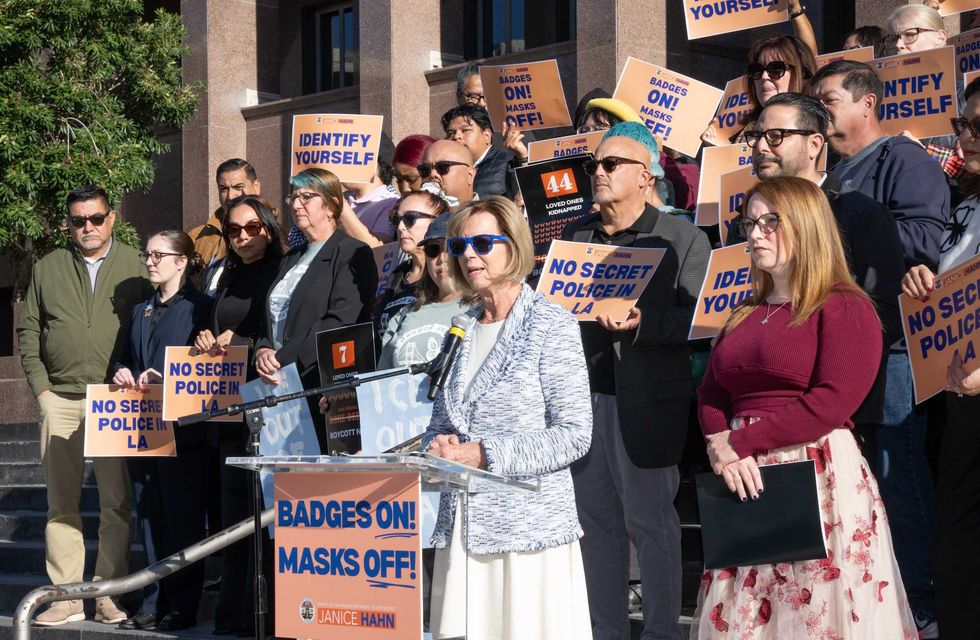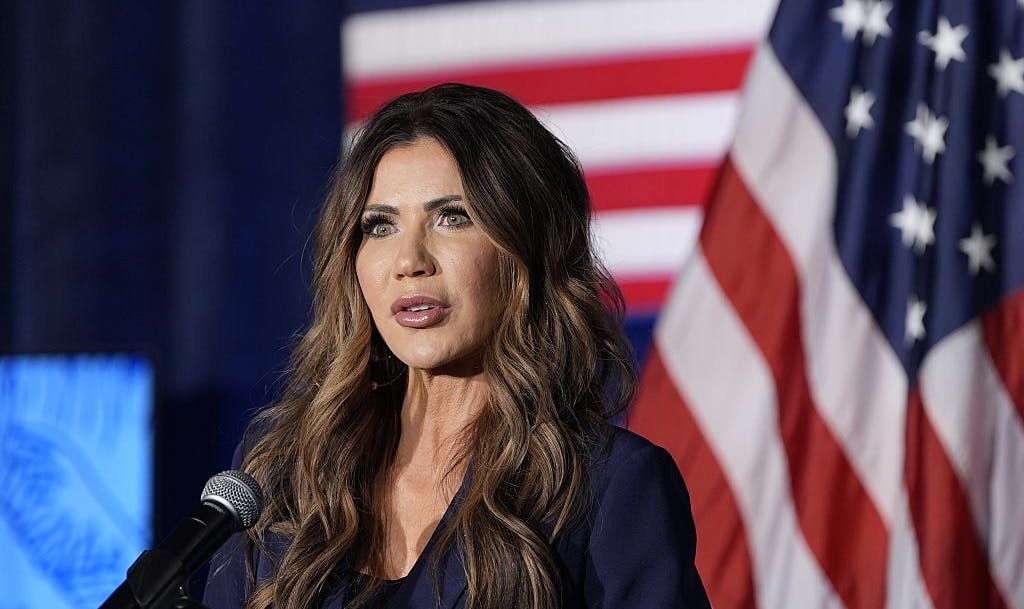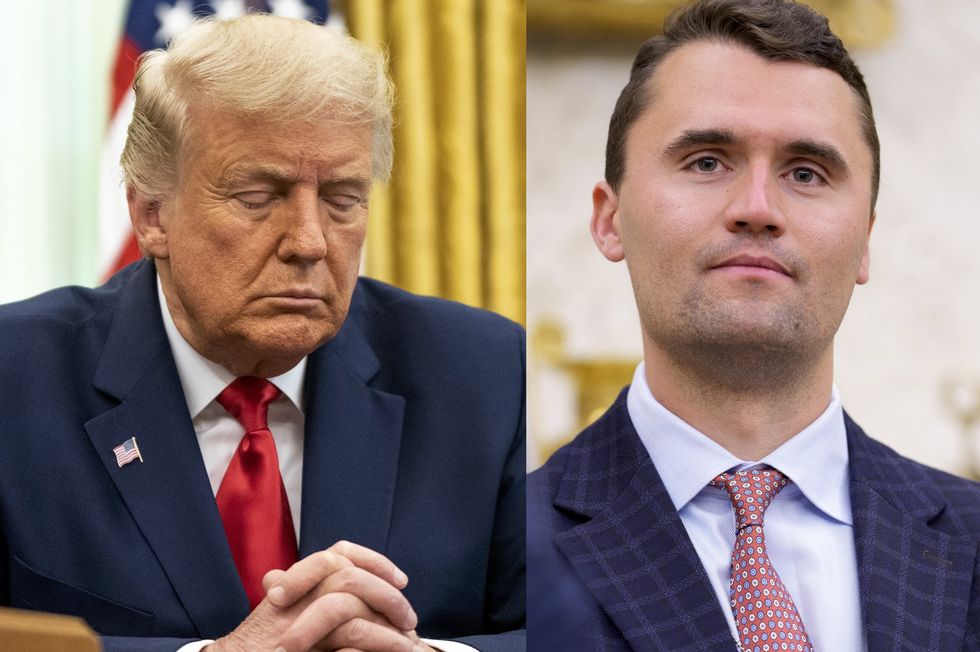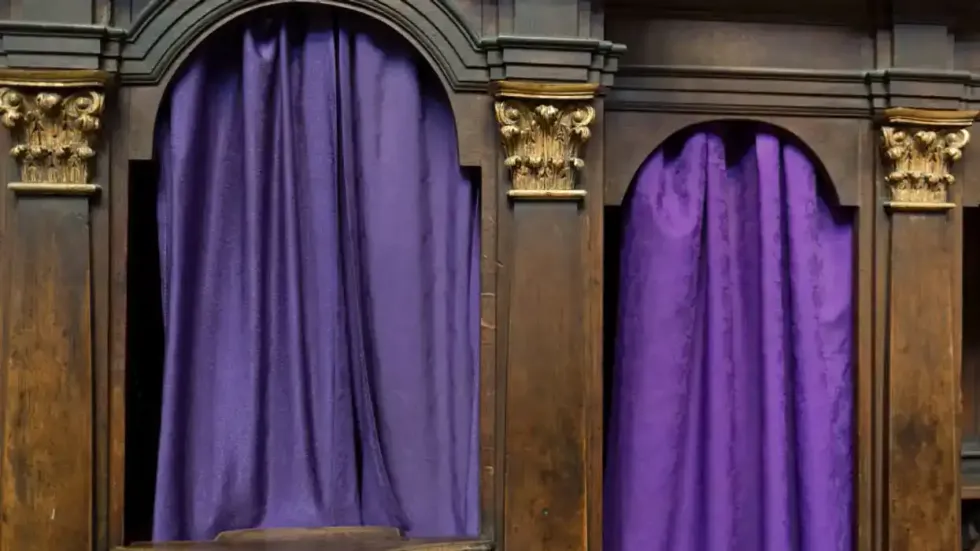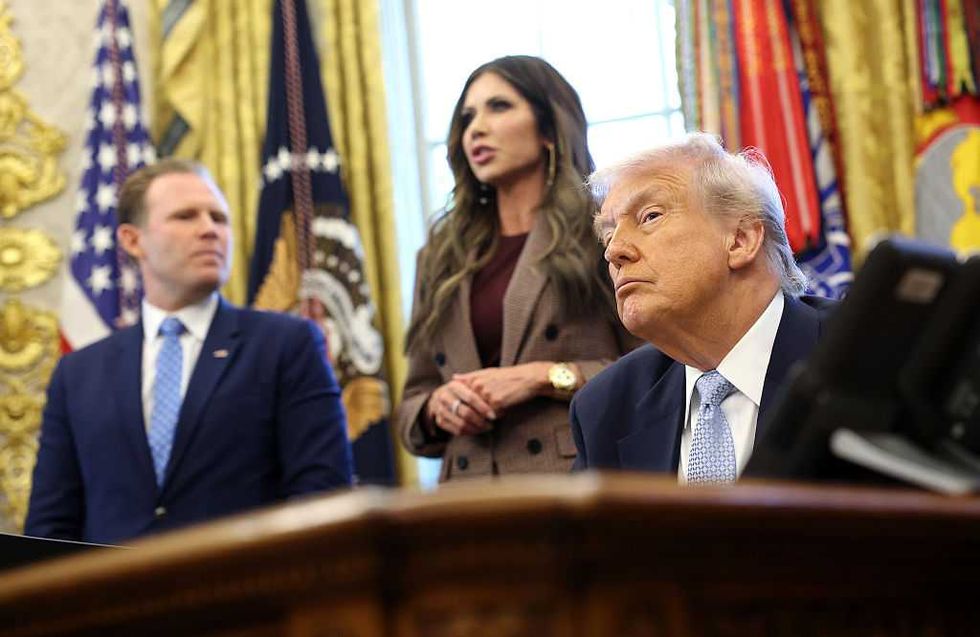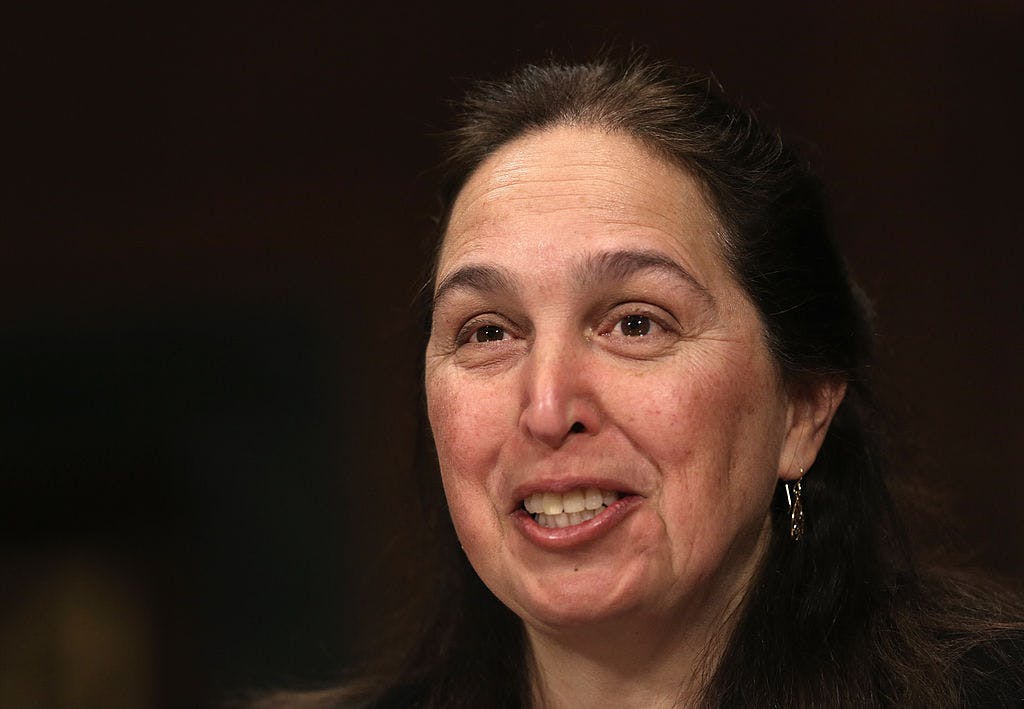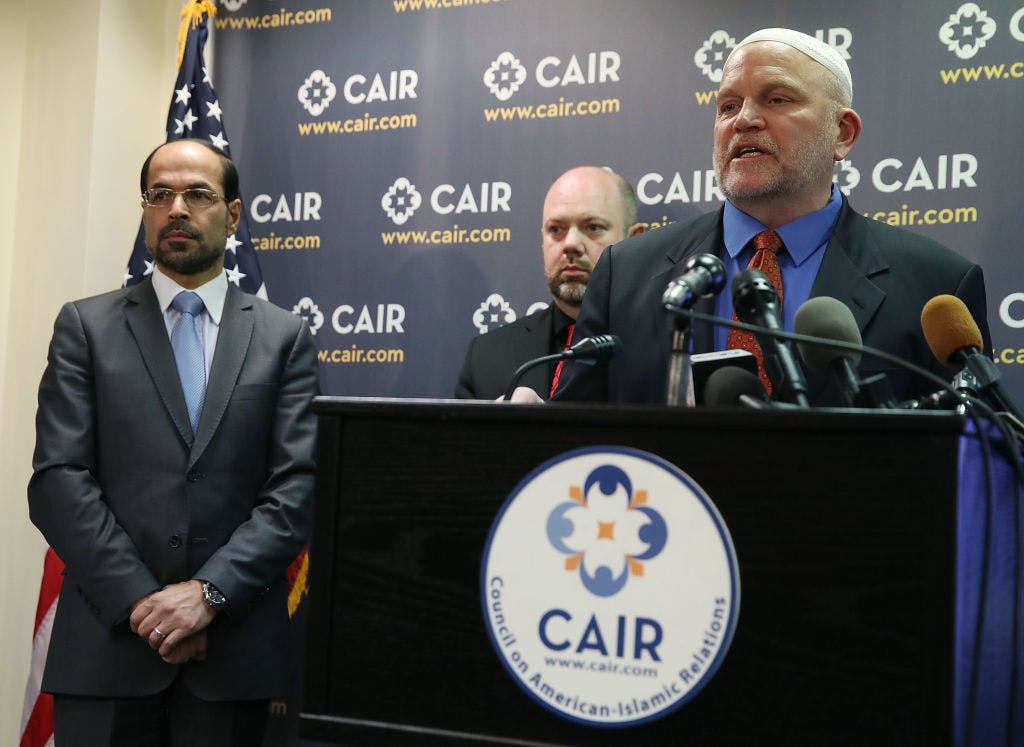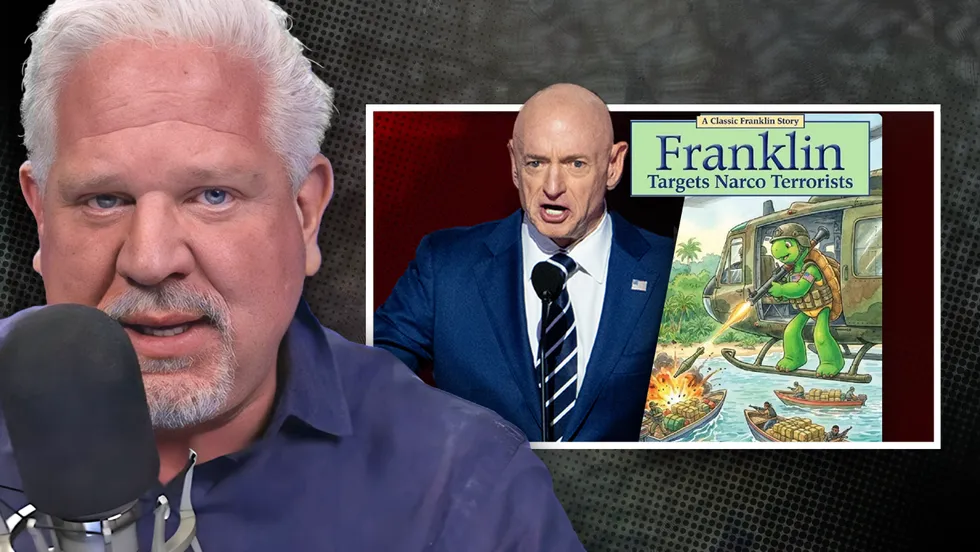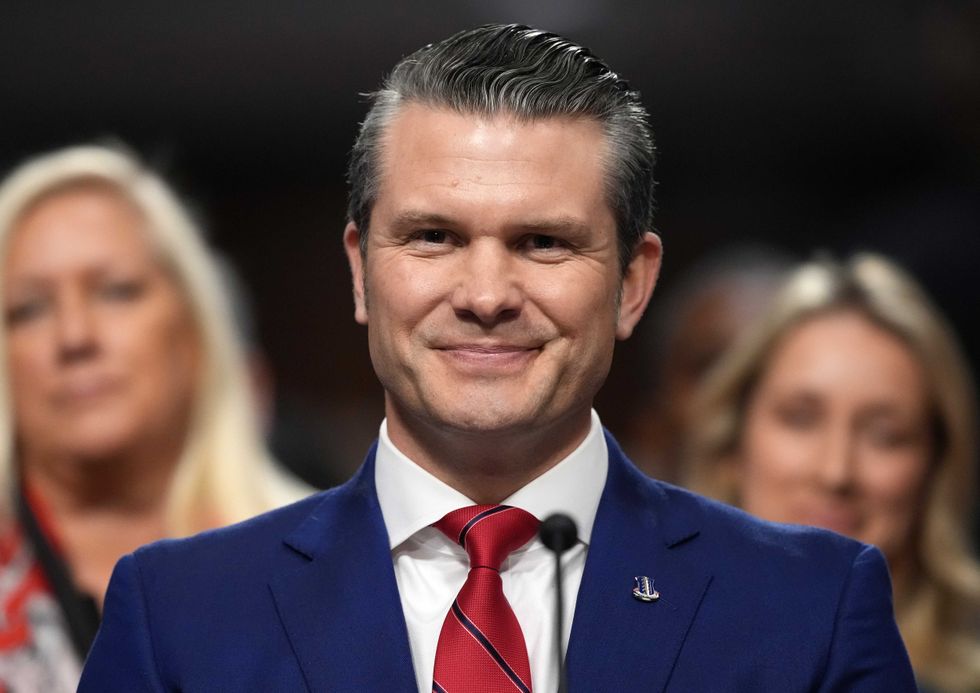What Would Trump’s Reindustrialized America Look Like?

On the campaign trail, President Donald Trump repeatedly promised to restore America’s manufacturing base. But what exactly is his vision of a reindustrialized America?
“I’m proclaiming that by the end of my term, the entire world will be talking about the ‘Michigan miracle’ and the stunning rebirth of Detroit,” Trump said at a campaign rally in Novi, Michigan, in October.
Since then, the president has pursued a bold tariff strategy, while encouraging foreign countries to invest in American manufacturing and advocating business-friendly regulation standards for emerging tech industries.
But if he achieves the “rebirth of Detroit,” it’s unlikely to make Motor City look like it did in its heyday.
A Friendlier Look at Foreign Investment
On the campaign trail, Trump repeatedly lamented the fact that much of American manufacturing has been moved to other countries.
He blasted the Japanese Nippon Steel Corp.’s purchase of U.S. Steel, saying he would “block it instantaneously” in order to maintain control over the company, which is virtually synonymous with American industry. At the time, he shared that position with then-President Joe Biden.
But once elected, Trump took a different tone after negotiating with the company and receiving assurances that they would make large investments in the United States.

“I am proud to announce that, after much consideration and negotiation, US Steel will REMAIN in America, and keep its headquarters in the great city of Pittsburgh,” Trump wrote in a post on the social media platform Truth Social in May, adding:
This will be a planned partnership between United States Steel and Nippon Steel, which will create at least 70,000 jobs, and add $14 billion dollars to the U.S. economy.
The president has also applauded planned investments from Taiwan Semiconductor Manufacturing Co., which announced in March a more than $100 billion investment in America.
In his March joint address to Congress, Trump attributed that to tariff threats.
“All that was important to them was they didn’t want to pay the tariffs. So, they came, and they’re building. And many other companies are coming,” he said. “They will come because they won’t have to pay tariffs if they build in America.”
Manufacturing Jobs—but Not the Kind You Think
As Secretary of Commerce Howard Lutnick made his case for Trump’s tariffs strategy, he made clear that the factories of the future would not be like the ones Americans are familiar with.
“We use robotics here. It’s cheaper than cheap labor overseas,” Lutnick said in an interview shortly after Trump’s sweeping “liberation day” tariffs were put in place.
“The renaissance will be the greatest factories in the world, high-tech people. What are the jobs Americans are going to have? We are going to have mechanics who fix robotics.”
Beating China to the Punch in Tech
Trump has long singled artificial intelligence out as a major priority and has enlisted billionaire venture capitalist David Sacks as the White House tech czar.
That focus is reflected in the One Big Beautiful Bill Act, which contains a controversial provision that strongly discourages states from regulating the artificial intelligence industry.

Vice President JD Vance said at an artificial intelligence conference in February that “the Trump administration believes that AI will have countless revolutionary applications in economic innovation, job creation, national security, health care, free expression, and beyond.”
He added that “to restrict its development now would not only unfairly benefit incumbents in the space, it would mean paralyzing one of the most promising technologies we have seen in generations.”
For the Trump administration, this has become a race to the finish line against China to develop this economic and technological superweapon.
In January, Trump ordered an action plan, due in July, to be created to make “America the world capital in artificial intelligence,” and multiple outlets report that the president is planning a series of executive orders to set aside energy resources for the power-hungry technology, as well as land for data centers, although that’s not confirmed.
Secretary of Energy Chris Wright has spoken on the importance of abundant energy and the “drill, baby, drill” approach to natural gas.
“The implications on national defense make it simply critical that America leads the AI race. We have the talent, innovative spirit and leading companies to win, but all that won’t matter if we can’t deliver the energy. AI is an energy-intensive manufacturing industry,” Wright said in March.
After years of making reindustrialization a priority, it appears Trump is better positioned and more daring than ever in pursuing this goal.
But if he succeeds, it’s doubtful that a reindustrialized America—with semiconductor plants, automated factories, massive foreign investors, and drastically increased energy needs to support AI—would bear any significant resemblance to the industrialized America of decades past.
The post What Would Trump’s Reindustrialized America Look Like? appeared first on The Daily Signal.
Originally Published at Daily Wire, Daily Signal, or The Blaze
What's Your Reaction?
 Like
0
Like
0
 Dislike
0
Dislike
0
 Love
0
Love
0
 Funny
0
Funny
0
 Angry
0
Angry
0
 Sad
0
Sad
0
 Wow
0
Wow
0

